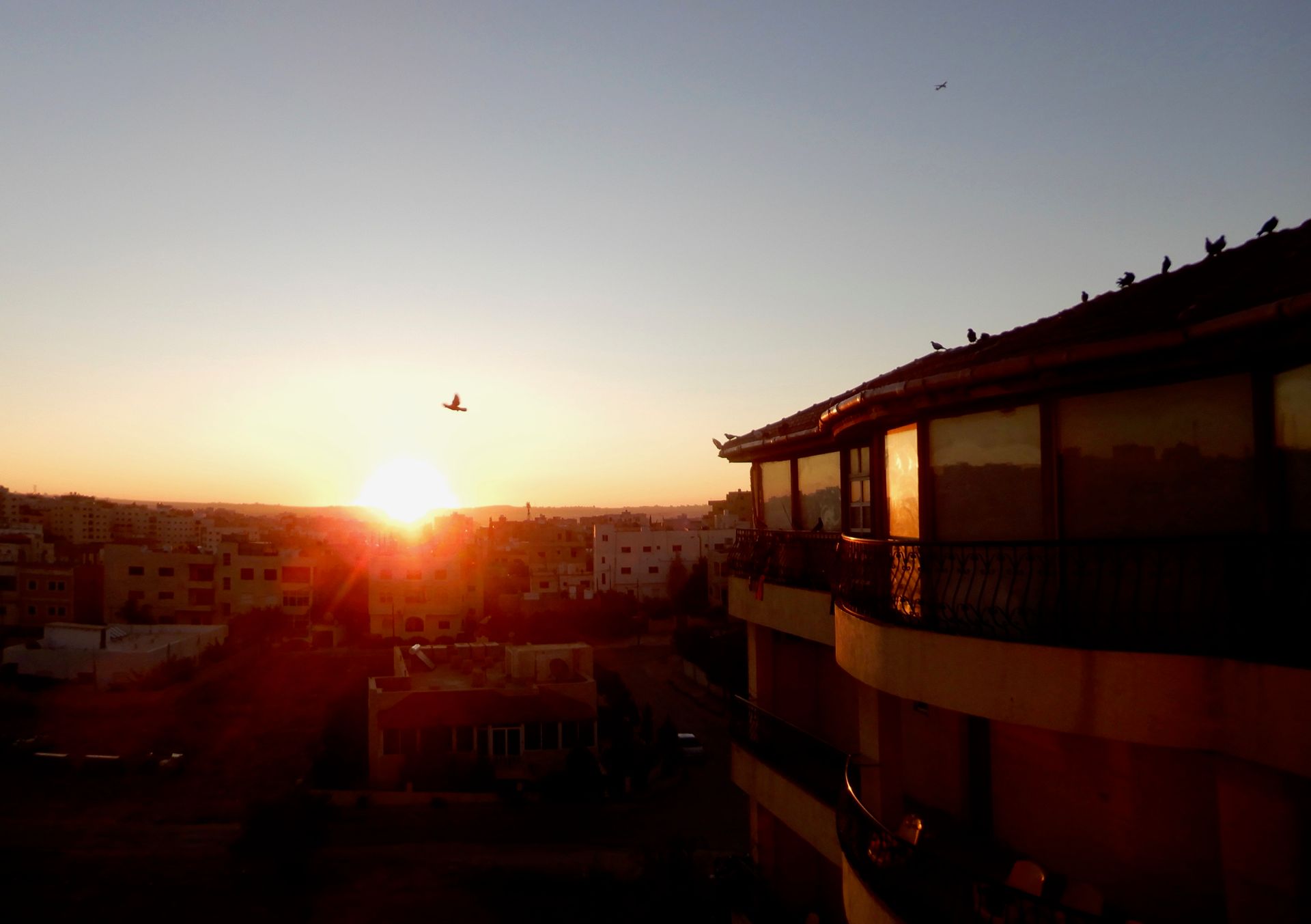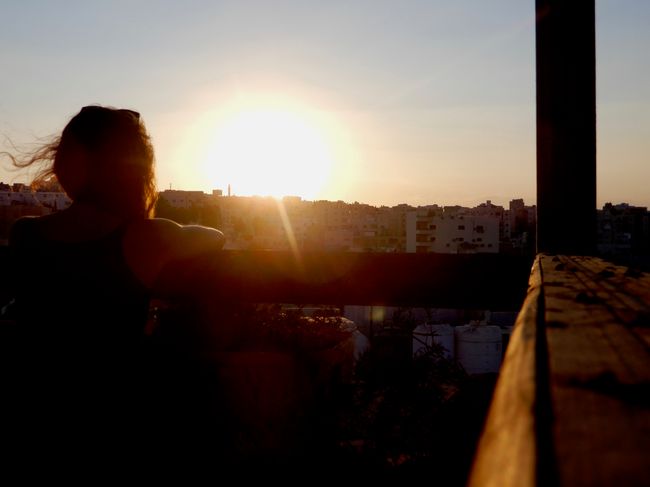Back to the West Bank
Нашр шудааст: 11.02.2020
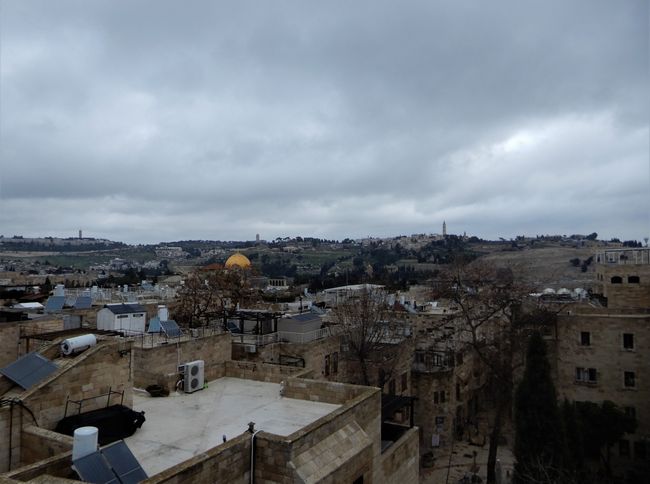
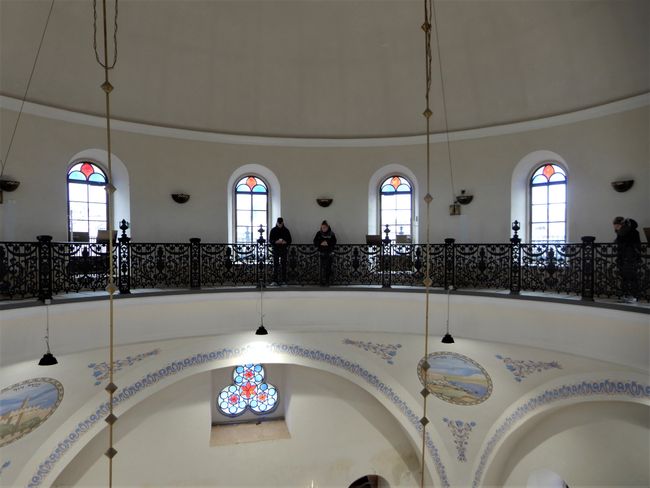
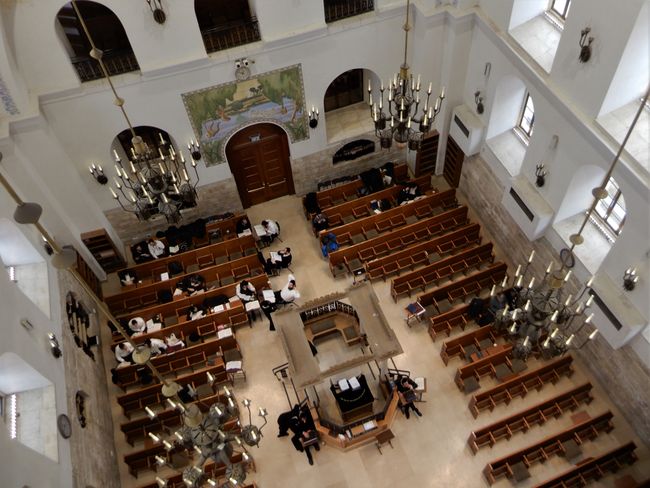
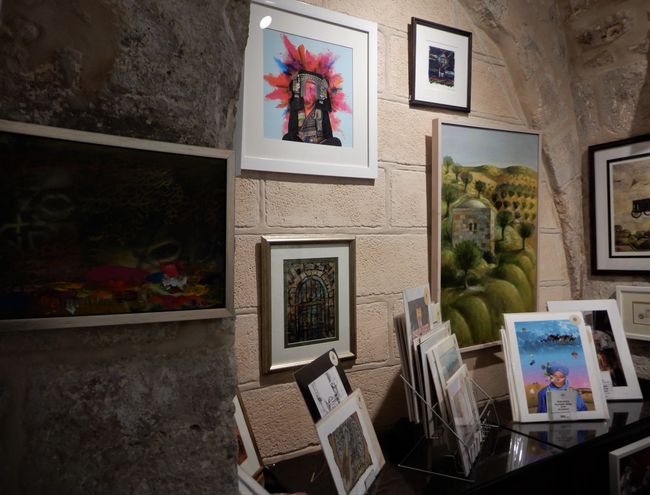
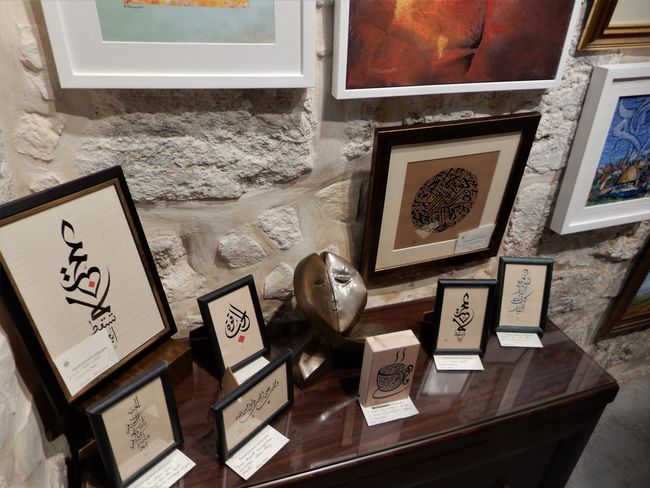
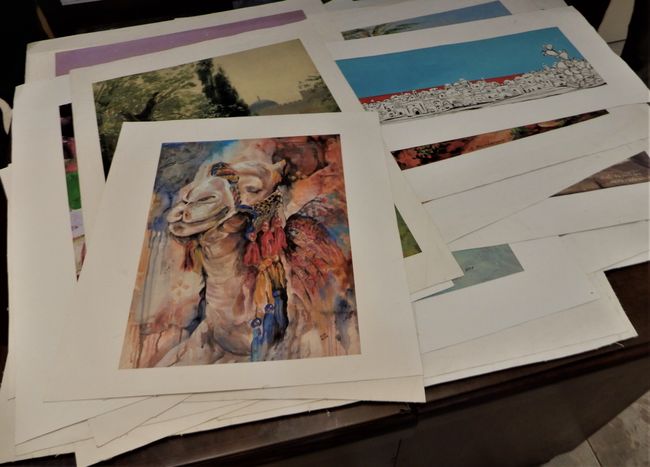
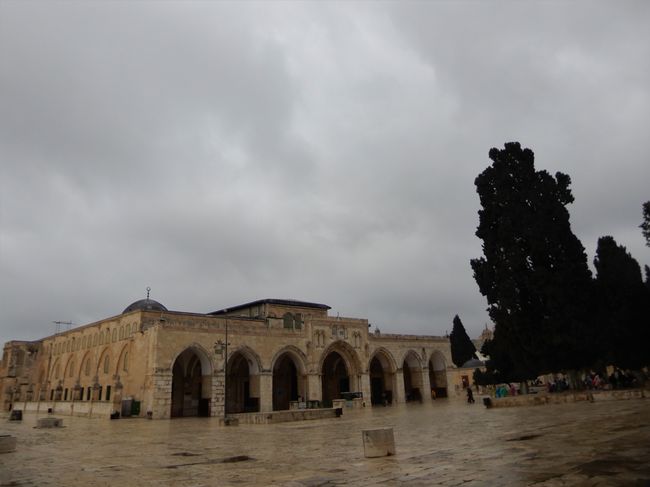
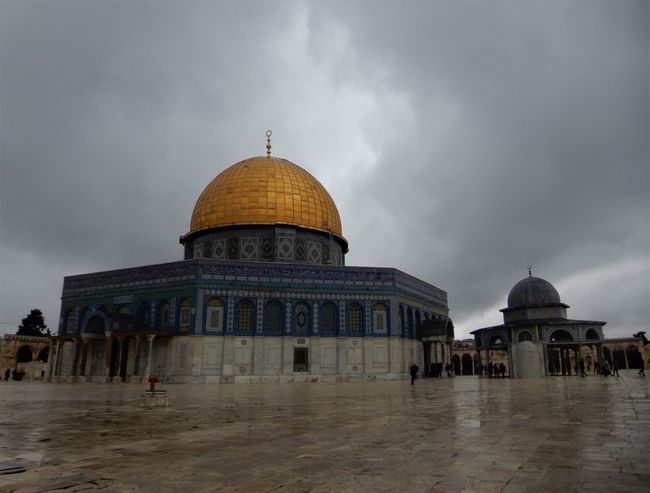
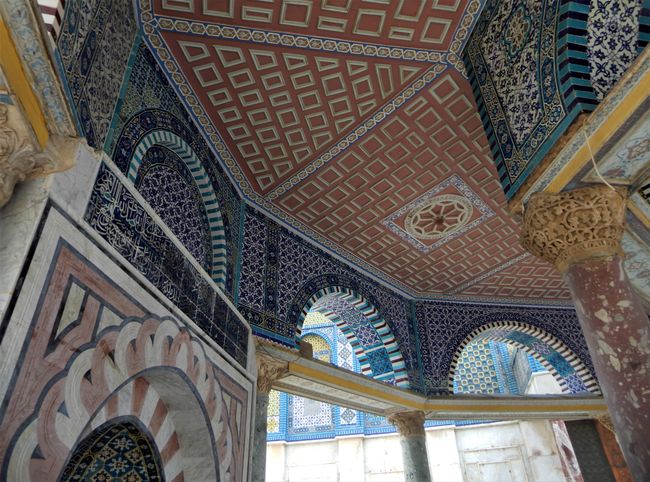
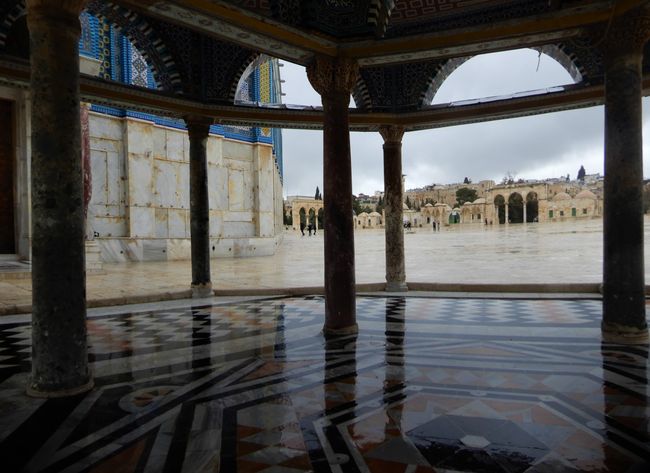
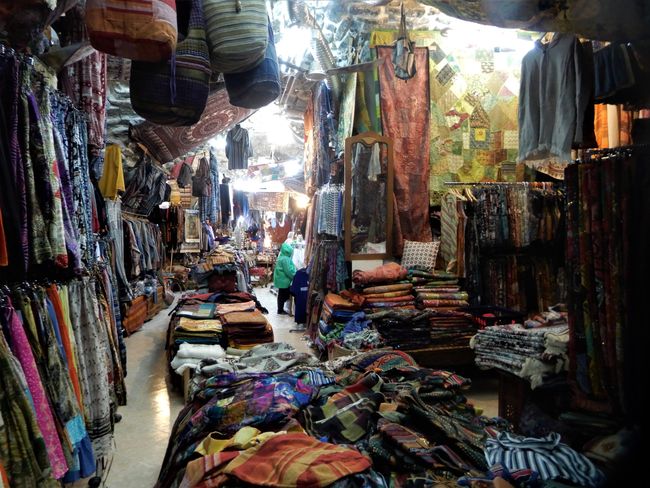
Sunday, February 9th
8 am. Today we wake up a bit earlier. We want to take advantage of the morning visiting hours for the grounds of the Al-Aqsa Mosque, which is only open to non-Muslims until 10:30 am. When we finally leave just before 10 o'clock, we already suspect that this is an optimistic plan. It is 20 past 10 when we are allowed onto the grounds by the Israeli soldiers, only to be sent back by Palestinian security personnel. So we decide to come back later and meanwhile stroll through the Old City.
Unknowingly, we cross the invisible border from the Arab quarter to the Jewish quarter and find ourselves in a street we haven't walked through before. Israeli flags wave at us from both sides. We stop at pictures that initially suggest Banksy, but upon closer inspection turn out to be the opposite. An Israeli artist wants to counter the Israel-critical Banksy pictures on the wall in Bethlehem and changes his motives to anti-Palestinian motives. Next to it is a long explanation stating that Banksy supports terrorists and Israelis should not tolerate that. Once again, we find ourselves unintentionally in a completely different world.
The weather is still lousy, so we are looking for an indoor program and decide to visit the Hurva Synagogue, where I was also with Hanni and Sophia back then. We watch the short film in the lower part of the synagogue and are then exposed to 15 minutes of propaganda. The film tells the story of the conflict in Jerusalem in 1948. When we hear the year 1948, we automatically think of "Nakba", the "catastrophe" in Arabic. The year when 700,000 Palestinians were expelled from their homes and Israel gained its independence.
In this film, a completely different side of the story is told. It shows Jews who were expelled from their homes in the Jewish quarter in Jerusalem in the same year because Jordan had taken over part of Jerusalem in the war with Israel. However, it is not really clear here that the fighting forces were Jordanians. It is always only mentioned as the "Arab enemy" - if you didn't know better, you would associate it directly with Palestinians. Of course, I do not want to downplay the atrocities committed by the Jordanian side. And it is a fact that there have always been and still are victims on all sides during the entire Middle East conflict. However, not a single word is mentioned here about the fact that in 1948, it was mostly Palestinians who suffered. And not only were they expelled from their homes in Jerusalem. The film ends with pathetically stirring music and the words "Jerusalem will always be ours". Lea and I shake our heads. And it actually takes some effort for us to pay admission to the synagogue that spreads such footage. By the way, watching the film is free, but you have to pay to visit the rest of the building.
We decide to go anyway and go up the spiral staircase to the terrace just like last time. We are greeted with the same beautiful view as last time, though today the weather isn't as nice. With a view of the Dome of the Rock, you can press a button to hear some information about the buildings you see from here. The holy Christian and Jewish buildings are briefly explained, while the "beautiful dome of the rock" is only mentioned in passing. In this context, no one would expect it to be a mosque. The audio guide ends with the friendly invitation to take a closer look at the Jewish quarter afterwards. Lea and I have had enough. Of course, in Jerusalem and in Israel or Palestine in general, you will never hear a neutral report from either side. But we can't stand so much hypocrisy from a "pious" place right now.
We have to hurry now - we don't want to miss the visiting hours for the Al-Aqsa Mosque and the Dome of the Rock. This time we arrive on time and can admire the Dome of the Rock up close again, which still looks beautiful in grey weather. We stroll around the large square until we are half frozen in the icy wind, and then we settle in a Lebanese restaurant in the Old City.
We take one last detour to the market and then go back to the hostel to pick up our luggage. Today we are going back to the West Bank, to Ramallah. We treat ourselves to a cup of coffee and sit in the bean bags in the common room, when suddenly our special friend appears again, with whom we discussed Hebron & Co. two days ago. Today he is wearing his soldier's uniform, which doesn't make him any more likable to us. He can probably tell from our brief and forced "hello" that we are not interested in conversing with him anymore, so he sits down in another corner of the room. But we definitely don't feel comfortable here anymore. Even though we are a bit lazy, we gather ourselves around 8 o'clock and leave the hostel towards the bus stop. We board the local bus to Ramallah at the familiar place, and both of us breathe a sigh of relief. It feels good to go there now.
Arriving in Ramallah, we are met with freezing cold weather and head straight to the same hostel as last time. Everything is still the same there: the same pictures and posters on the walls, Diesel is still there, and the code for the front door downstairs is still "The wall must fall". Suddenly, we hear a familiar voice behind us: it's Noemié, who studied with us in Amman. She is currently traveling with her mother and brother, and they have also arrived here at the hostel in Ramallah from Jerusalem today. The world is small once again.
Later on, we go out again with Noemié and meet up with Saif, a friend of ours from Ramallah whom we know from Amman. We share our experiences with each other and realize that Noemié and her family have had similar experiences on a similar travel route - in Hebron, for example, they met the same radical settler as we did (although outside the settlement), who also captured them on his phone camera. Although all of this is really frustrating, it feels strangely good to hear that we are not alone with our experiences.
We return to the cold hostel later on, but no problem. Firstly, we have our hot water bottles. Secondly, when we arrived, we asked for extra blankets and were given a woolen blanket and a dinosaur onesie. So I put on the green costume and peacefully drift off to sleep.
Ҷавоб
